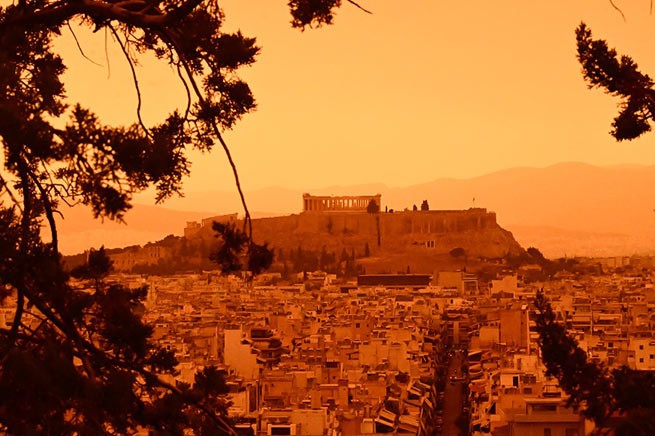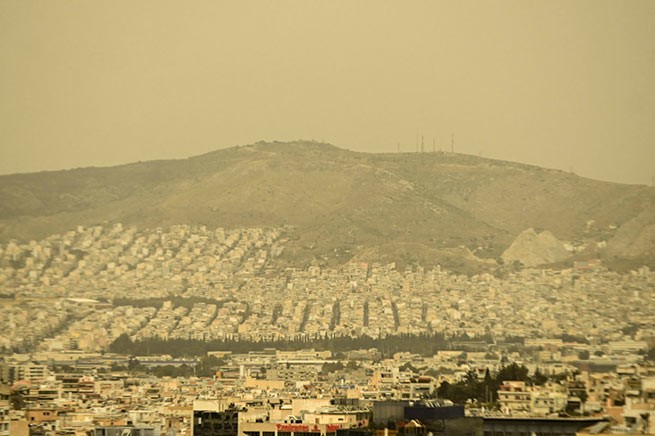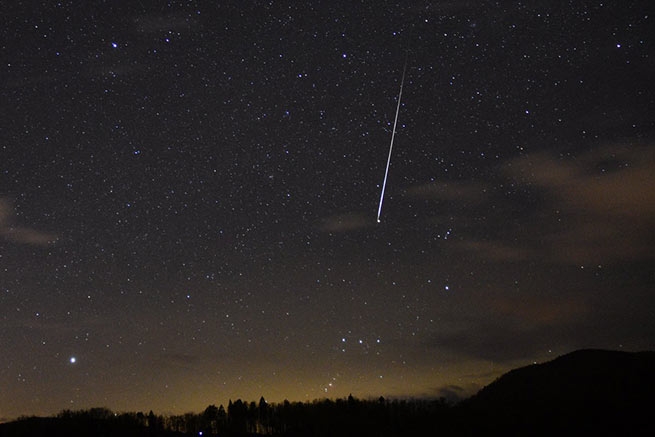This night over the territory of Greece will be the first meteor Rain 2023. The Quadrantida shower is considered one of the most spectacular due to its intense nominal speed of about 120 meteors per hour.
Quadrantids appear in beginning of each January, and their peak falls on the night of January 3 and 4. The spectacular meteor shower lasts only a few hours.
The first #meteorshower of the year is (nearly) here ✨.
The #Quadrantids are peaking January 3-4 with the peak period only lasting a few hours. The shower is expected to produce a nominal rate of approx. 120 #meteors per hour, so it could be quite the show! #QuadrantidsMeteors pic.twitter.com/xzhgKV3Dwe
— sen (@sen) January 2, 2023
According to space.comwith the greatest activity, you can see from 60 to 120 meteors per hour. However, the Quadrantid influx has a sharp peak: 6 hours before and after the maximum, these blue meteors appear at only half their maximum speed. This means that the particle stream is narrow – perhaps formed relatively recently from a small comet.
Can you see shooting starts from space? Turns out, yes! The first meteor shower of the decade and we were lucky enough to catch it from the @Space_Station along with the northern lights. This is a composite image of a few of the #quadrants as they blazed into the atmosphere. pic.twitter.com/ETdMRK1d86
— Christina H Koch (@Astro_Christina) January 6, 2020
Quadrantids in an image taken from the space station by astronaut Christina Koch.
Wrong time and wrong place…. Unfortunately, 2023 will not be the best year to watch the Quadrantida meteor shower.
The peak of this year’s meteor shower, according to Margaret Campbell-Brown and Peter Brown in the Royal Astronomical Society of Canada’s 2023 Observer’s Handbook, is predicted to be at 10:00 pm EDT on January 3rd. But at this time there will be an almost full moon in the sky, the full moon will be on January 6th. This means that all night until Wednesday, January 4, the sky will be illuminated by bright moonlight. A bright, waxing, bulging moon, 94% lit, won’t set until dawn.
This moonlight will drown out all but the brightest meteors. This meteor display is best seen before dawn, around 6 a.m. local time, when the radiant of this shower, where the meteors appear to be coming from, rises in the northeastern sky.
The next spectacular Lyrid meteor shower will color the sky in the second half of April, reaching its peak on April 22-23, 2023.







More Stories
Easter: strange Easter eggs and souvlaki lamps
The Thirty Years of Olive War is over
Raisins: benefits of eating before bed